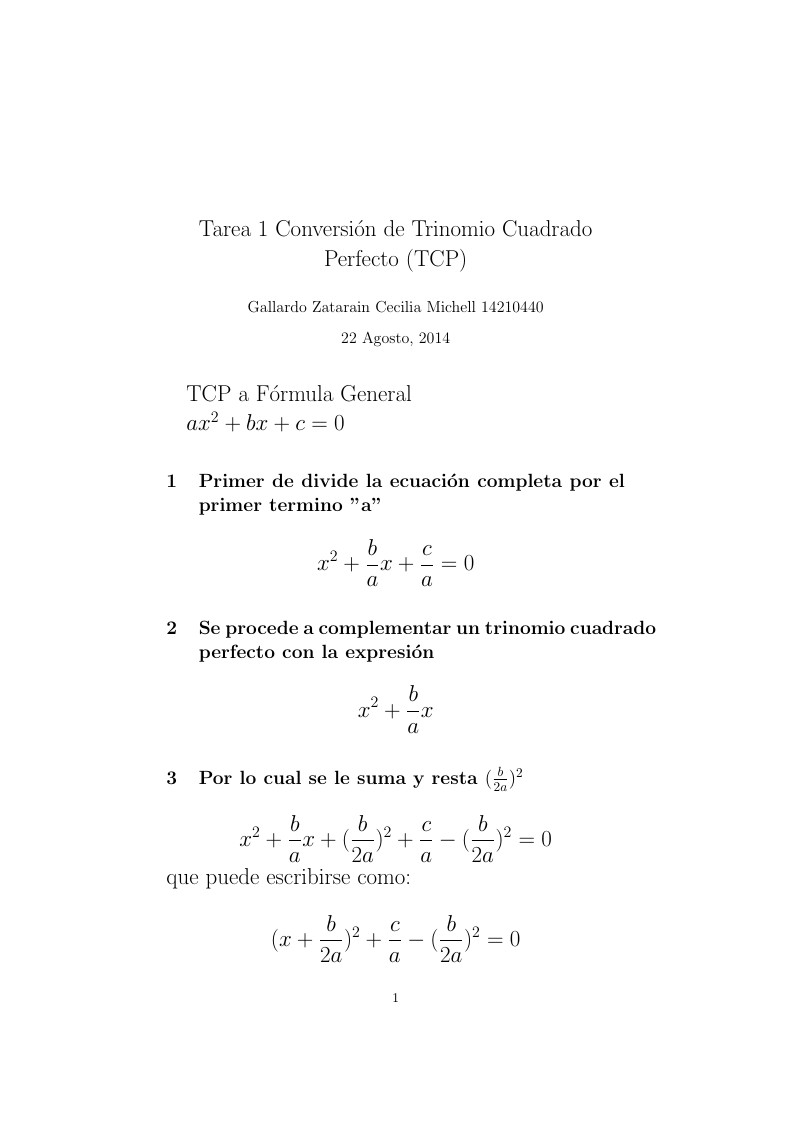overleaf template galleryCommunity articles — Recent
Papers, presentations, reports and more, written in LaTeX and published by our community.
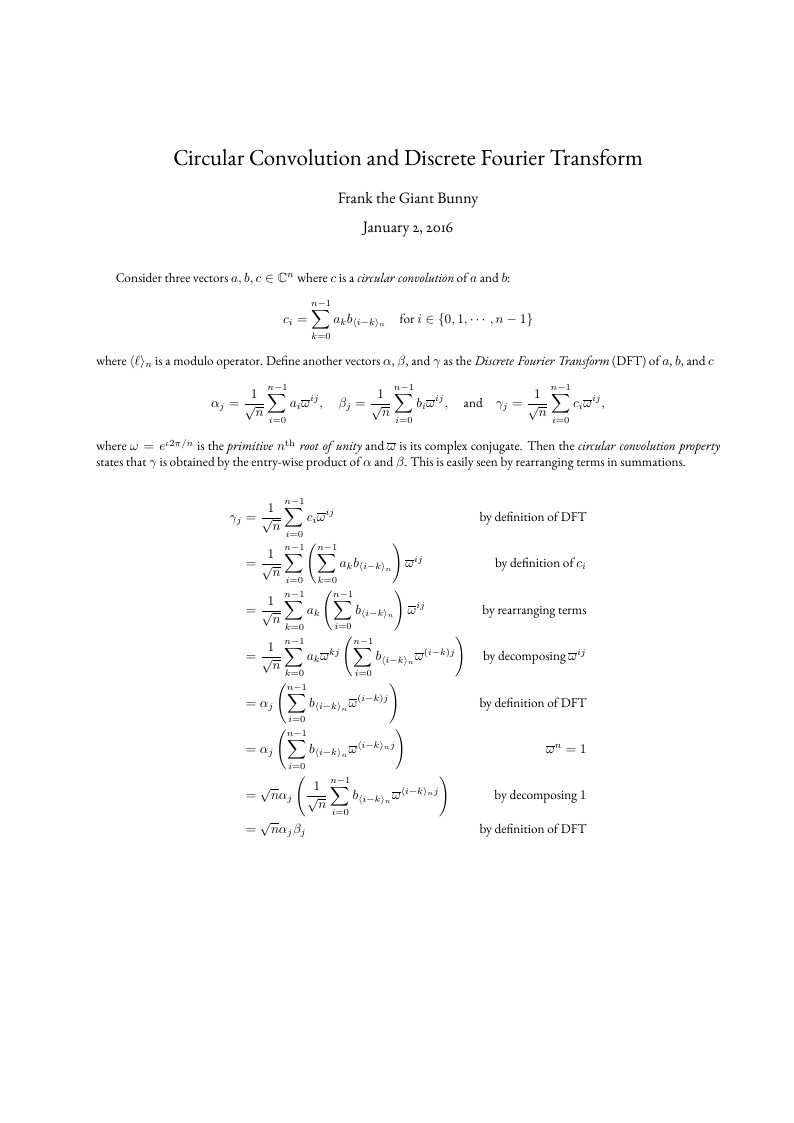
Prove the circular convolution property of Discrete Fourier Transform (DFT) Use ebgaramond package

It was 7-7-1993 when i was born,it was luckly to be born a baby boy,my mum was very happy.It was in the Iringa regional hospital.
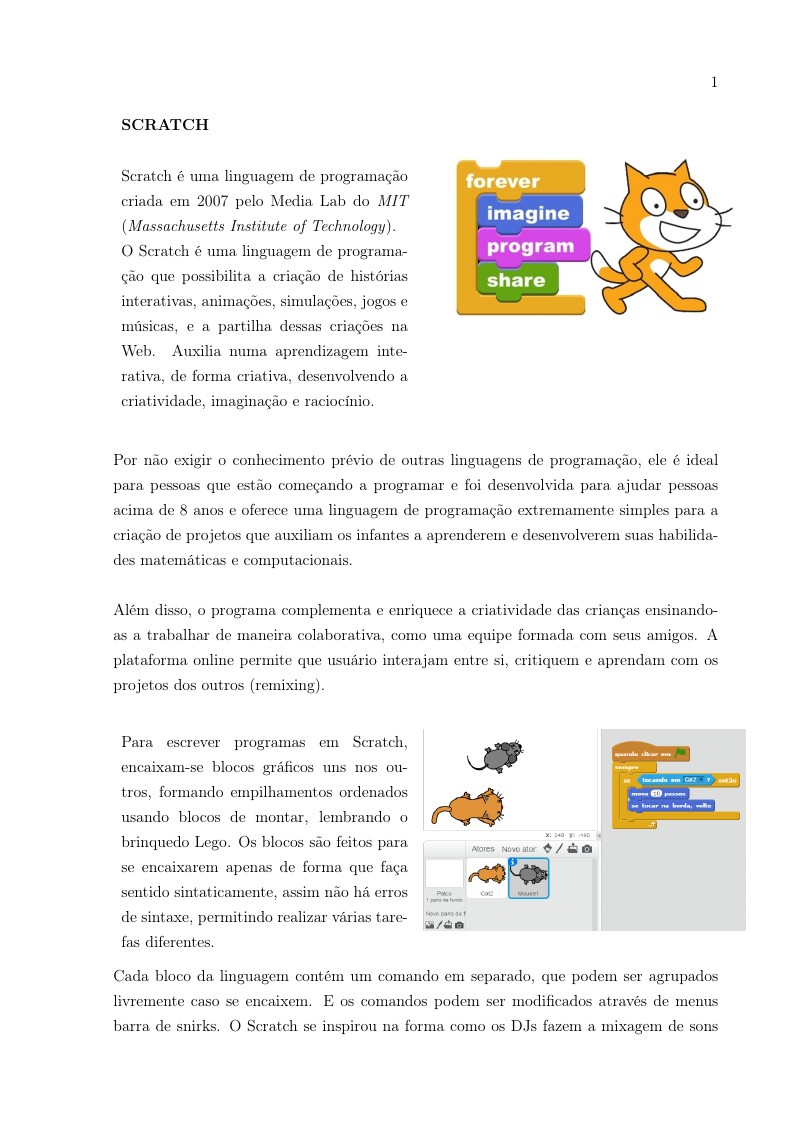
Excerpt from main dissertation
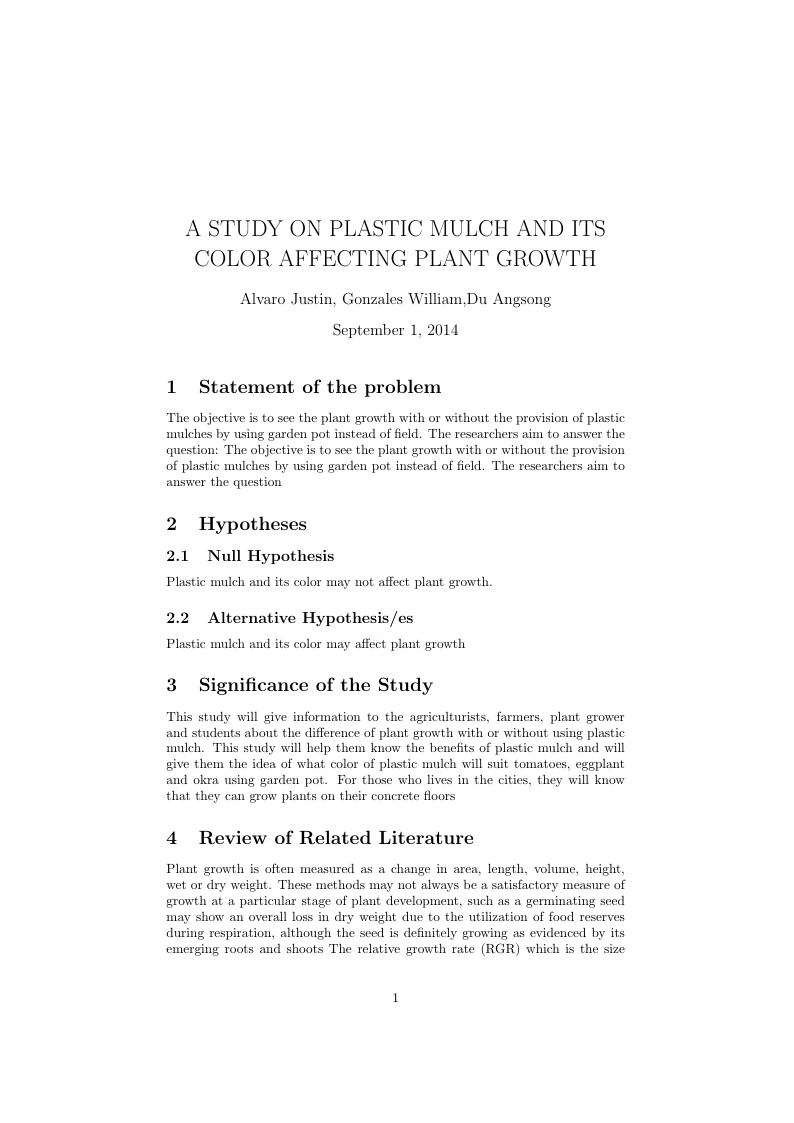
My Current science and technology research project about plastic mulches

Martina Lucía Velarde's CV

Kaynat Jameel's CV, created with this CV template
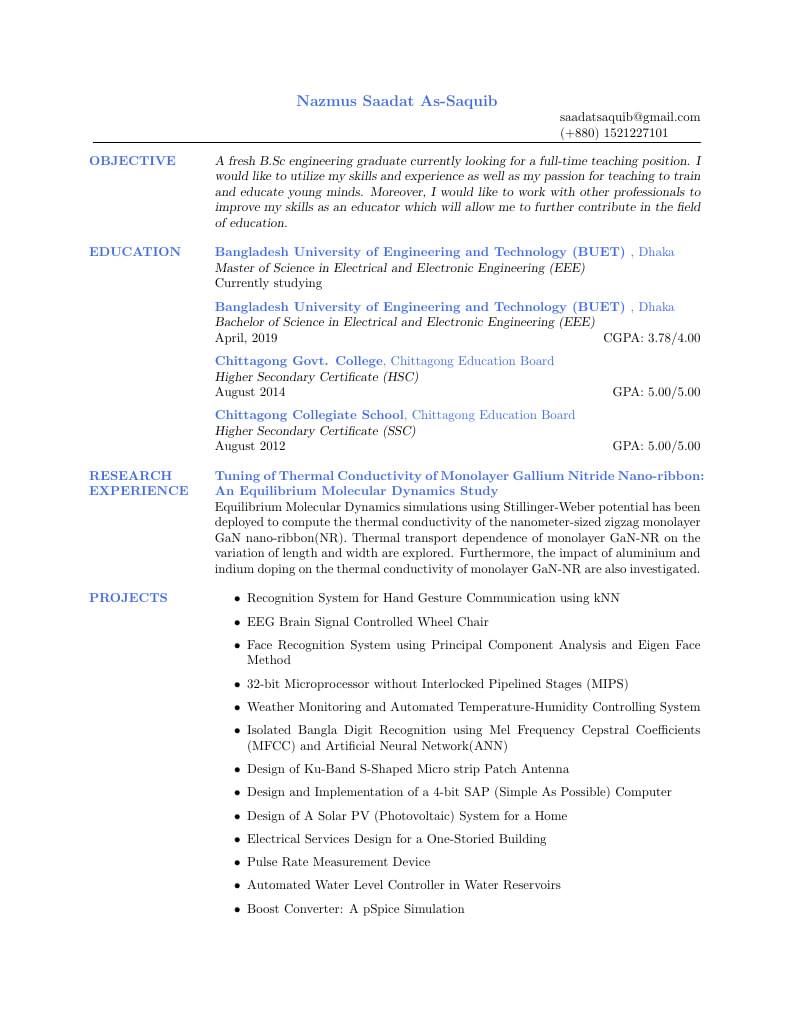
Nazmus Saadat As-Saquib's CV. Created from the Medium Length Professional CV template.
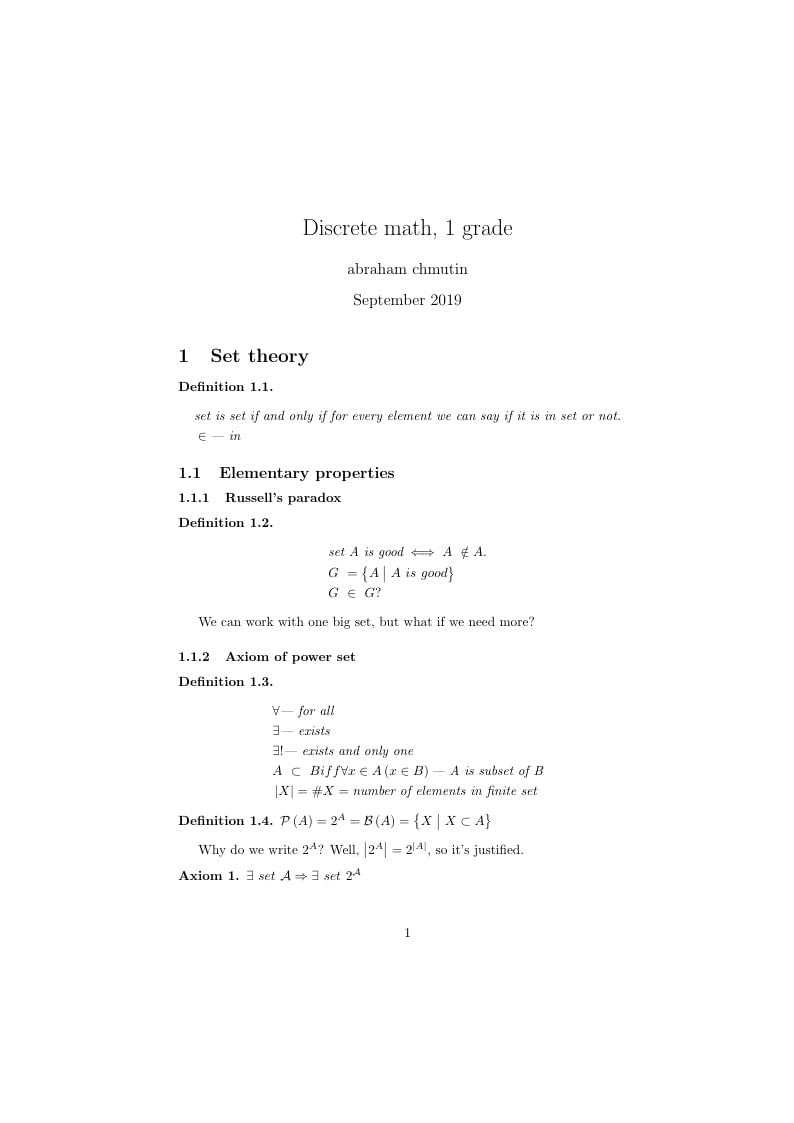
Discrete maths for students of mathfac hse 19-23
\begin
Discover why over 20 million people worldwide trust Overleaf with their work.
